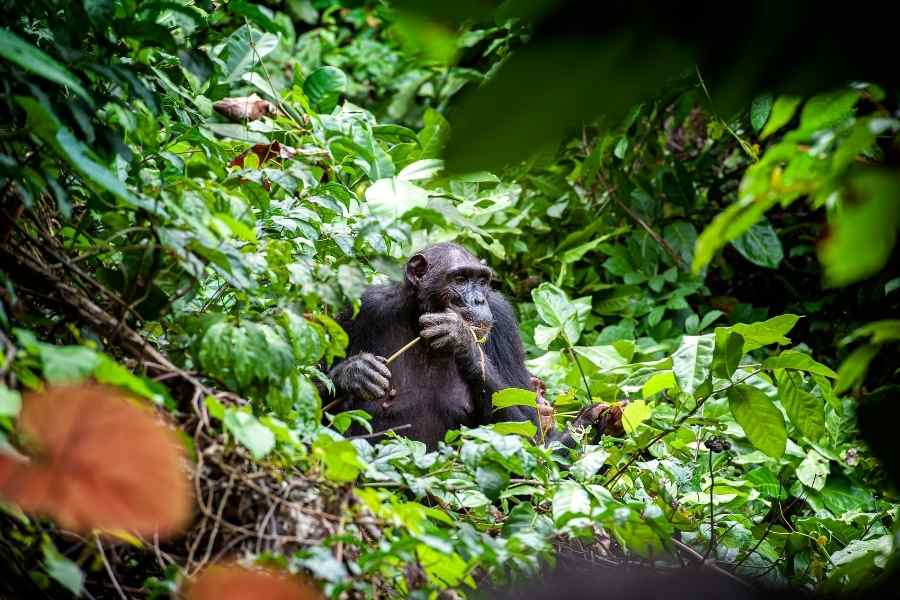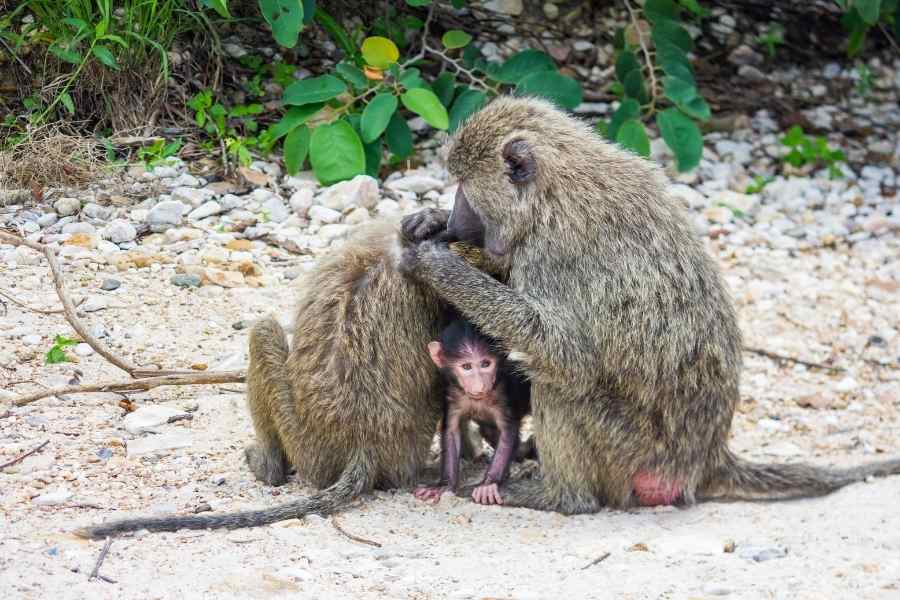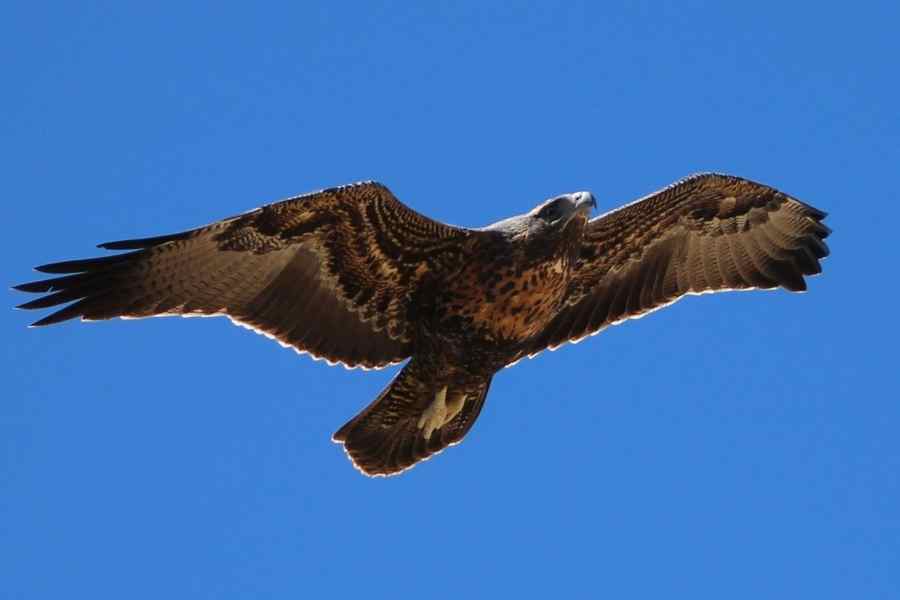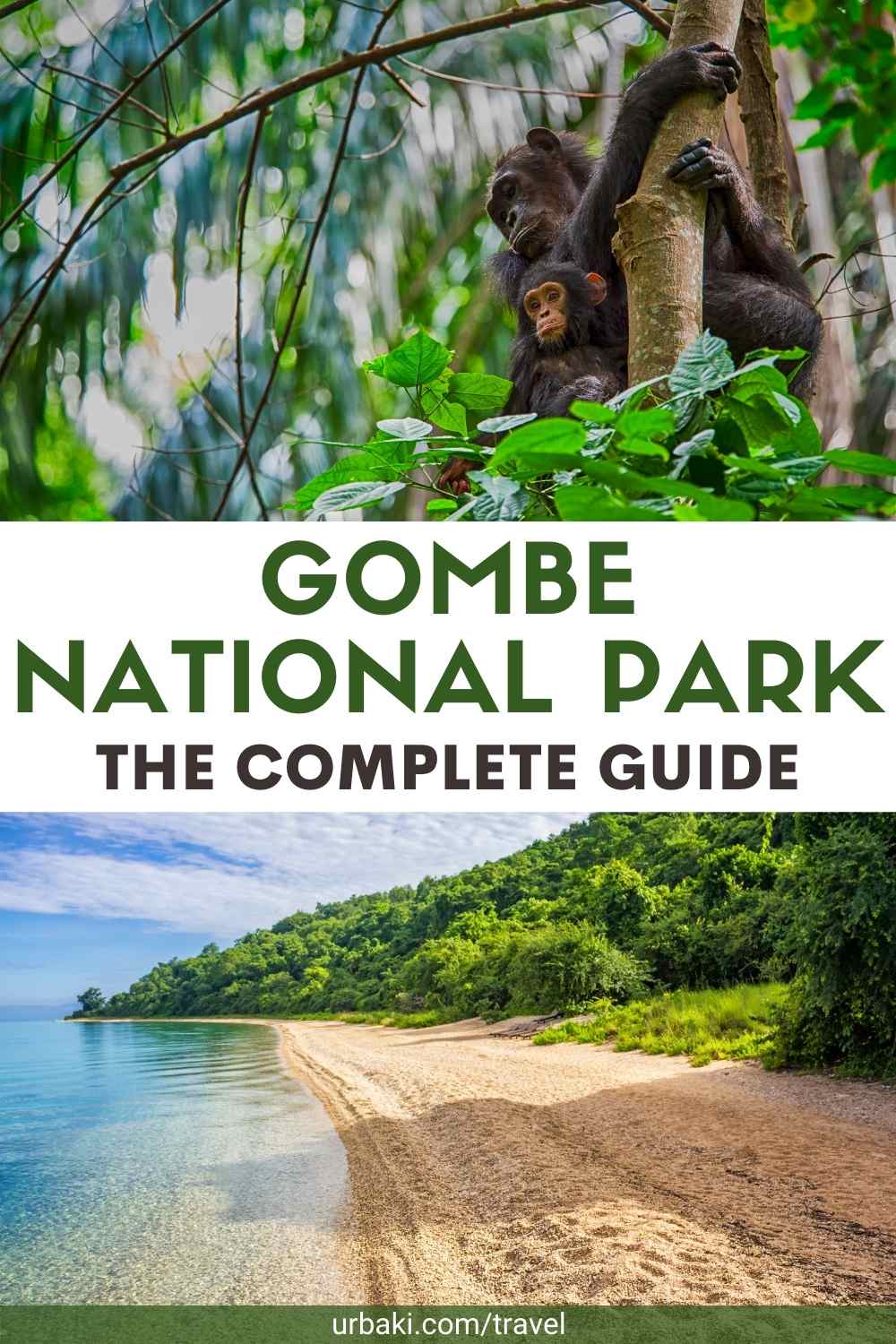Gombe National Park: The Complete Guide

If you are interested in chimpanzees, Jane Goodall, anthropology, or any combination of the three, there is perhaps no better place in the world to visit than Tanzania's Gombe National Park.
It is the smallest national park in the country, but also one of the wildest and most rewarding, covered in forested hills along the pristine shores of Lake Tanganyika.
Its mountainous tropical forests are home to troops of inhabited chimpanzees, made famous by the pioneering research and conservation work of Dr. Jane Goodall.
In 1960, British primatologist Jane Goodall came to the reserve at a young age, intending to track down troops of chimpanzees residing in the forest to find out more about their way of life.
Her expedition was funded by renowned anthropologist Dr. Louis Leakey, who believed that chimpanzee behavior could provide valuable information about the life of the earliest hominin species he was discovered in the Olduvai Gorge in Tanzania.
Goodall was eventually accepted by one of the chimpanzee troops and allowed a rare glimpse into her society (she is still the only accepted human in a chimpanzee community).
Her research is the basis for much of what we know about chimpanzees today.
She refuted the theory that humans are the only species that uses tools when she observed chimpanzees using branches to fish for termites.
When she saw chimpanzees hunting and eating smaller primates, she showed that they were not herbivores, as previously thought.
More importantly, her study of her intricate family structures and relationships demonstrated that non-human species are capable of intellectual and emotional sophistication.
In 1968, the Gombe Game Reserve was elevated to national park status as a result of Goodall's research and activism.
We hope you enjoy watching this video about Gombe National Park in Tanzania

Source: Tanzania Horizon Safaris
Things to Do
There are no roads through Gombe National Park, only forest trails.
The most popular way to explore is on a guided chimpanzee walk, which takes you deep into the forest in search of close encounters with one of the accustomed troops.
With around 100 eastern chimpanzees in the park, sightings are practically guaranteed (although you may have to walk a few hours to find them).
These intelligent and sophisticated animals share more than 98% of the same genetic code as humans, and the similarities are evident in their unique personalities and family interactions.
Once you've found the troop, you can spend up to an hour watching them play, fight, feed, and care for each other.
Chimpanzees are not the only wild animals you will find in Gombe, nor are they the only primates.
You are also likely to see olive baboons foraging for food on the lakeshore and endangered red colobus and red-tailed monkeys swaying in the forest canopy.
Blue and green monkeys are also frequently seen, while other forest dwellers include peccaries, hippos, and leopards.
Gombe is also home to more than 200 species of birds and 250 different types of butterflies, making it a paradise for nature photographers.

Other activities include visiting the Gombe Stream Research Center to learn more about the Goodall discoveries and the work that continues today, hiking to Jane's Peak and Kakombe Waterfall, or visiting nearby fishing villages.
Wildlife is not limited to the park either. You can also dive into the warm waters of Lake Tanganyika to see colorful cichlid fish, almost all of which are found nowhere else in the world.
Where to Stay Nearby
The logistics and cost of getting to Gombe National Park mean that almost all visitors choose to stay at least one night.
However, there is only one place where visitors can sleep inside the park, and that is the ecological chalet called Mbali Mbali Gombe.
Other than that, there are no hotel or camping options in the vicinity of the park. Outside of the park, the closest accommodations are at least two hours away in the town of Kigoma.
Mbali Mbali Gombe
Located under the shade of the trees on the shores of the lake, it consists of seven luxurious tents for a maximum of 14 people at a time.
Each shelter is built on a raised wooden platform and has its own private bathroom and private furnished porch.
Rates are all-inclusive and cover your meals, soft drinks, selected alcoholic beverages, concession fees, kayaking, and one chimpanzee walk per day.
A return boat transfer from Kigoma is also included. As accommodation is so limited, it is necessary to book months in advance for a stay at Mbali Mbali Gombe.
Lake Tanganyika Hotel
Located on the lakefront in Kigoma, the Lake Tanganyika Hotel is also conveniently close to the Kigoma train station, which offers service to Dar es Salaam on the other side of the country.
The hotel's most prominent feature, however, is the rooftop pool with panoramic views of Lake Tanganyika.
Kigoma Hilltop Hotel
This boutique hotel perched on top of a green hill overlooking the lake feels like you're far from civilization, but downtown Kigoma is just a short drive away.
Enjoy fresh fish and products from the gourmet restaurant while perched on the lake's waters.

How to Get There
Gombe National Park requires some planning to get there. For one thing, it is located in an extremely remote part of Tanzania, close to the borders of Burundi and the Democratic Republic of the Congo.
The easiest way to get there is to fly to Kigoma, which has direct service to Dar es Salaam and Bujumbura, Burundi.
There is also a direct train from Dar es Salaam to Kigoma, but the journey takes about 40 hours. Driving across the country is also an option, but it takes about 22 hours by road.
Once in Kigoma, the park is only accessible by boat.
You can travel by renting a speedboat (which takes about two hours) or by taking a local "lake taxi" (which takes about four hours) to Gombe.
If you are staying overnight at Mbali Mbali Gombe, the inn will be able to assist you with your transportation.
Tips For Your Visit
- The park is open all year round, but Mbali Mbali Lodge is closed every year from March 1 to May 31, which corresponds to the long rainy season in Tanzania.
There is also a shorter rainy season, from November to mid-December.
The best time to visit is in the dry season, which runs from June to October.
- If you are a bird watcher, consider visiting from December to March, when migratory species flood the park and resident birds display their colorful breeding plumage.
- Malaria is always a possibility when traveling in Tanzania, especially in rural areas like Gombe.
Be sure to take malaria precautions with you during your trip.
- Visitors must be at least 15 years old to participate in the walk.
All visitors to Gombe must pay a daily conservation fee, which, at $ 100 per non-resident adult, is the most expensive of all Tanzania's national parks.
- Strict rules apply to chimpanzee walks to keep human impact to a minimum.
You must be in good health to visit the troops, to avoid passing on diseases.
Groups consist of a maximum of six people and a distance of at least 32 feet must be maintained at all times.
Did you find this post useful or inspiring? Save THIS PIN to your Travel Board on Pinterest! 😊

Once again, thank you for visiting our website!
We hope you've enjoyed exploring the content we've created for you.
Give yourself the chance to learn, get inspired, and have even more fun, keep browsing...

You may also like 👇🏼👇🏼